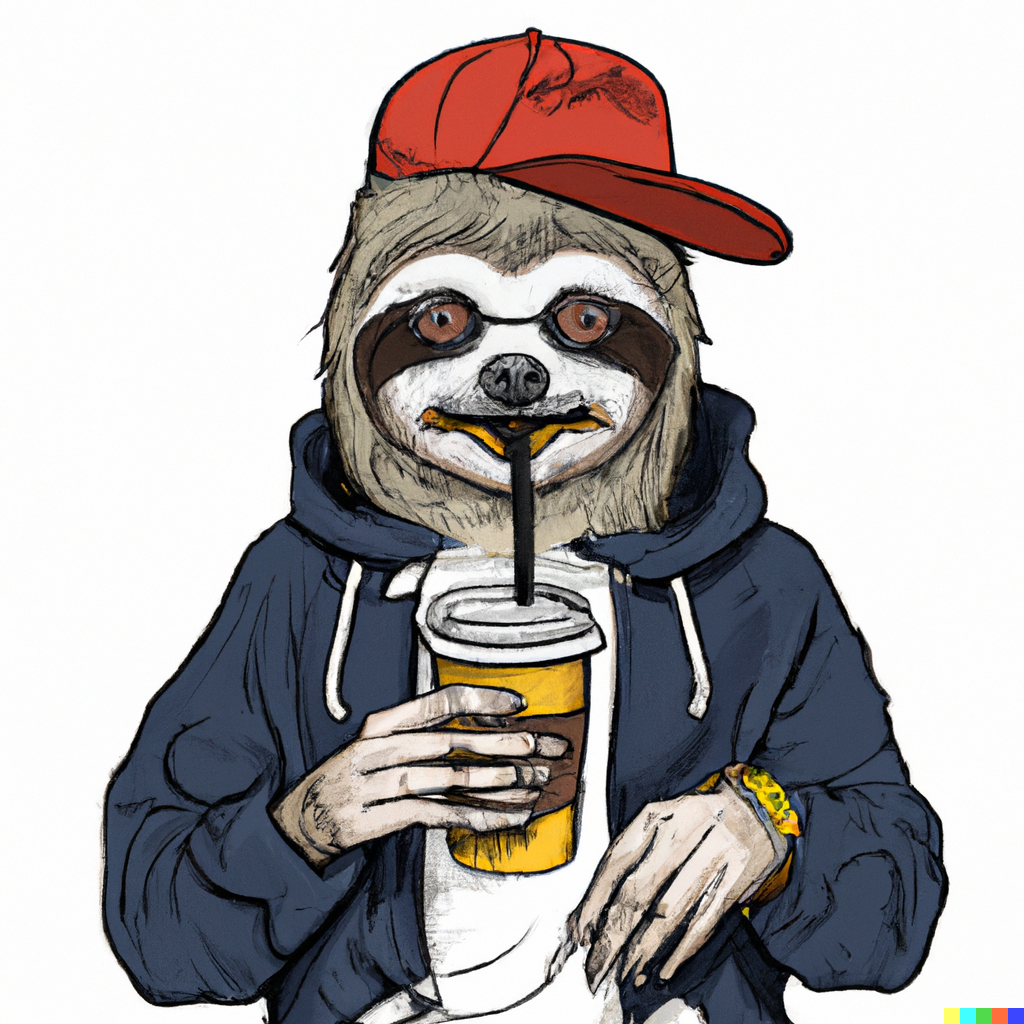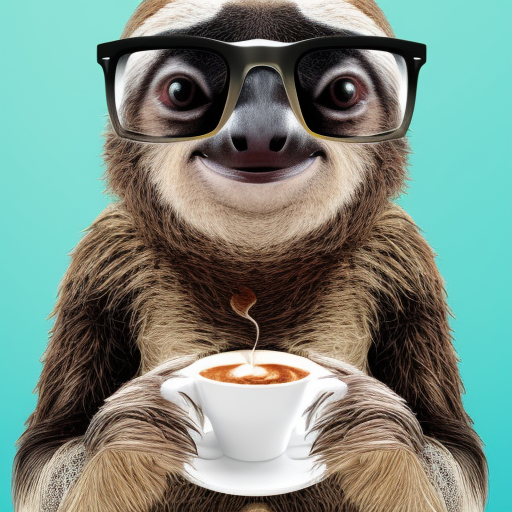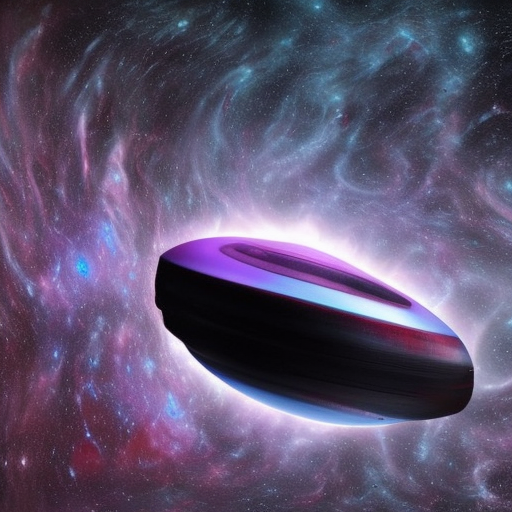Artificial Intelligence has revolutionized the field of image generation, allowing for the creation of stunning, photorealistic images with just a few clicks of a button. With the rise of Generative Adversarial Networks (GANs) and other deep learning techniques, the possibilities for generating images are nearly endless. From creating surreal landscapes and abstract works of art to designing product prototypes and architectural renderings, AI-generated images are becoming an increasingly important tool for artists, designers, and creatives.
In this article, we’ll explore the top image-generative AI services and tools currently available, showcasing their features, strengths, and potential applications. Whether you’re a seasoned artist, a budding designer, or simply curious about cutting-edge image generation technology, this article will provide you with a comprehensive overview of what’s currently possible with AI with examples. So let’s get started!
- DALL·E 2 by OpenAI
- Stable Diffusion AI
- Dream by Wombo
DALL·E 2 by OpenAI
DALL·E 2 is an advanced Generative Adversarial Network (GAN) developed by OpenAI. It is a state-of-the-art AI model capable of generating high-quality images from textual descriptions.
Good at:
- Multi-Modal Generation: DALL·E 2 can generate a wide variety of images, including objects, scenes, and even abstract concepts, making it a versatile tool for artists and designers.
- Creative Exploration: DALL·E 2 allows users to explore new and unique forms of visual expression, enabling them to generate images that were previously impossible to create.
- High-Quality Images: DALL·E 2 produces high-resolution, photorealistic images with stunning detail, making it an excellent choice for applications such as product visualization, architectural rendering, and advertising.
Bad at:
- Limited Textual Input: Although DALL·E 2 can generate images from textual descriptions, it still has limitations in terms of the complexity and specificity of the descriptions it can handle.
- Conceptual Limitations: Like all AI models, DALL·E 2 is limited by the data it was trained on and can sometimes struggle to generate images for concepts that are very different from what it has seen before.
- Bias: As with all AI models, DALL·E 2 can be biased towards certain types of images and concepts based on the data it was trained on. This can lead to limitations in terms of the diversity and representativeness of the images it generates.
Overall, DALL·E 2 is a powerful and exciting tool for image generation, offering tremendous potential for artists, designers, and creatives. However, it is important to understand its limitations and be mindful of its biases when using it for projects.
Examples



Where to try
Here is the service URL where you can try to generate images with DALL·E 2 for free: https://labs.openai.com/.
Who owns images you create
You own the images you create with DALL·E, including the right to reprint, sell, and merchandise – regardless of whether an image was generated through a free or paid credit
See article: https://help.openai.com/en/articles/6425277-can-i-sell-images-i-create-with-dall-e
See article: https://help.openai.com/en/articles/6425277-can-i-sell-images-i-create-with-dall-e
And Open AI Terms of Service and Content Policy.
So if you wondering if you can use the images you generate with the DALL·E for commercial use, then the answer is yes (for now). Keep in mind you you can do that only with images you generate with the service. Do not download and use images generated by other users.
Stable Diffusion AI
Stable Diffusion AI refers to a method of distributing and updating a machine learning model across a network of devices in a stable and efficient manner. It is a method to enable edge devices with limited resources to use powerful machine learning models by breaking down the model into smaller parts and distributing the parts across the network.
In this approach, the machine learning model is decomposed into smaller parts, or “layers,” which are then distributed to individual devices. The devices can then locally update their own portion of the model, and these updates are aggregated and broadcast to the rest of the network. This allows the network to learn and adapt over time while maintaining stability and avoiding overfitting to individual devices.
The goal of stable diffusion AI is to enable machine learning at the edge, where data is generated, while also preserving the accuracy and stability of the model. By using a decentralized approach, it reduces the amount of data that needs to be transmitted to a centralized server and allows for faster and more efficient updates to the model.
Examples



Where to try
Here is the service URL where you can try to generate images for free: https://beta.dreamstudio.ai/
Who owns images you create
According to Stable AI Terms of Service :
As between you and Stability, you own the Content that you generate using the Services to the extent permitted by applicable law.
With respect to images you upload to the Services, you represent and warrant that you own all right, title, and interest in and to such images, including without limitation, all copyrights and rights of publicity contained therein. You are responsible for the Content, including for ensuring any Content Sharing does not violate any applicable law, intellectual property right of any third party, or these Terms.
You agree that Stability and our affiliates may use the Content to develop and improve the Services.
Dream by Wombo
Where to try
Here is the service URL where you can try to generate images with Dream by Wombo for free: